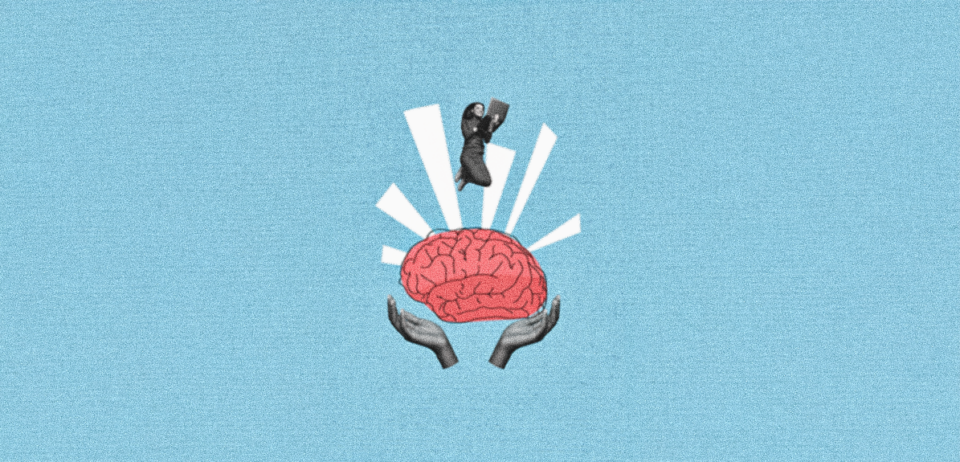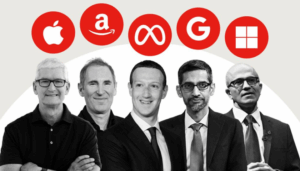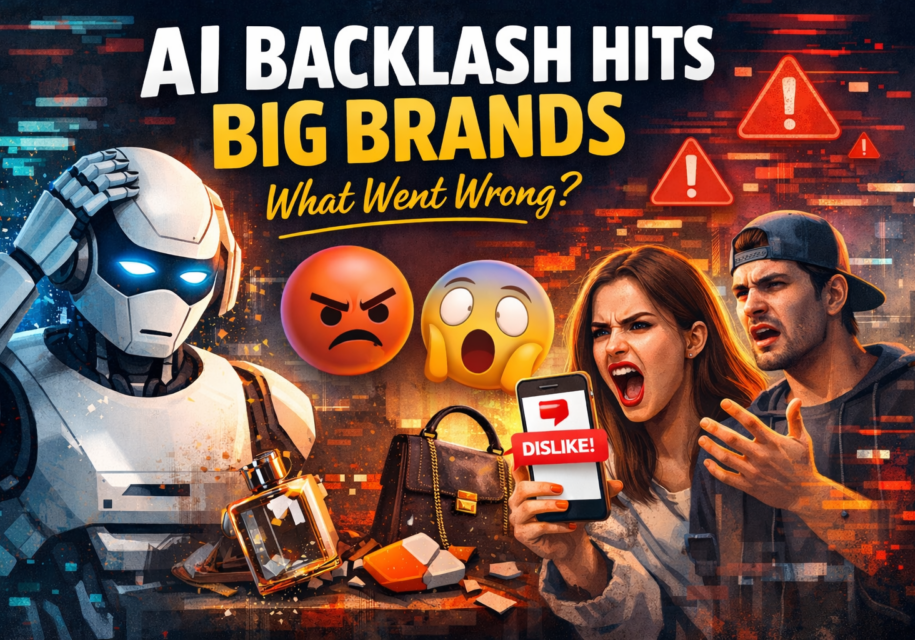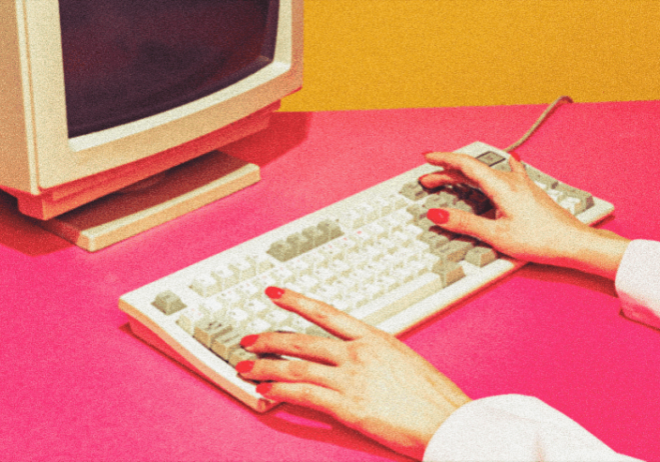
Big Tech Acquisitions Are Redefining Creativity: Here’s What It Means
Only a few years back, the big tech acquisitions were only focused on building infrastructure—cloud servers, application stores, and operating systems—where it was all about scale, speed, and engineering power.
However, recently they have been on a binge of acquiring creative talent and talent-enabling tools, design platforms, music-generation startups, AI for video, and even boutique creative agencies have been acquired by Silicon Valley giants at a rapid pace and close to before anyone could say “Series B”.
Why are companies that only cared about code now obsessed with content and creativity? What does this change really mean for marketers, creators, and consumers? Let’s explore.
The billion-dollar art supply store
If you have been following the news, there is a definite pattern: Apple purchases a music AI startup. Adobe buys up a 3D design tool. Microsoft invests in gaming studios and creative suite AI tools. Google is simply and quietly buying design and video platforms to incorporate into its productivity suite.
These are not random acquisitions…these are strategy. Big Tech is trying to build a complete creative pipeline where ideation is born, production occurs, and distribution is completed, all within their ecosystem. Consider it an art supply store that also owns the gallery, the buyers, and the critics.
This is great for creators—a powerful set of tools, better integrations, and global distribution all in one location. However, there is a downside: when creativity is centralized, it is also standardized.
Why Silicon Valley wants your imagination
At first glance, these acquisitions look like tech companies keeping up with trends. AI design is hot, content creation is blowing up, and creative automation is on every CMO’s wish list. But the deeper reason is simple: creativity is the next battleground.
Cloud and computing power are commodities now—everyone has them. What’s rarer is the ability to generate emotional connection at scale. Tech giants have realized that controlling creative pipelines isn’t just about selling tools; it’s about controlling the language of culture itself. If you control the software with which people create, you impact the narratives they tell.
For marketers, that means the platforms used to design ads or create campaigns are simply in the process of being owned or mapped by the same companies that control your ad networks, app stores, or devices. That’s a lot of eggs in a few baskets.
Subscribe to our bi-weekly newsletter
Get the latest trends, insights, and strategies delivered straight to your inbox.
The upside: turbocharged storytelling
Let’s give credit where credit is due—Big Tech’s pursuit of creativity has enabled tools that were once reserved for big studios. Now small brands and independent creators have access to advanced AI design, 3D rendering, instant video editing, and everything in between. The bottom line is that creative tech is democratized, which translates to quicker production, bolder experimentation, and storytelling on a larger scale than ever before.

Big Tech acquisitions
- Better access to pro-level tools: We now have music composition engines, AI video editors, 3D rendering tools—all prior capabilities of a big studio—are now available to small brands/independent creators.
- Seamless ecosystems: Imagine designing a campaign asset in record time, sending it to an ad manager without exporting it, and instantly getting the predicted performance, with no messy handoffs.
- Faster experimentation: Creative teams can instantly explore multiple variations, rather than waiting days for production cycles.
As the attention of customers is getting increasingly divided in crowded feeds, these superpowers will either help you to stand out or get scrolled past.
The downside: creative monoculture
But here’s the flip side: When the same small handful of companies control both how content is created and where, it can eliminate differences in creativity.
- Platform lock-in: If your whole creative workflow depends on a single gigantic tech company, ripping off the Band-Aid and switching can be too painful–or too impossible
- Algorithm-friendly design: Platforms based on engagement metrics prioritize templates and tools that quietly push creators toward “what works,” and discourage experimentation
- Cultural flattening: When you use the same templates, the same AI models, and the same optimization tools, cultural uniqueness disappears
It’s kind of like eating at a chain restaurant in every city. The food is consistent, but where’s the wonder?
Who wins, who loses?
The impact of Big Tech acquisitions is felt far beyond the boardroom and the balance sheet. When creative tools, platforms, and talent are integrated into large ecosystems, they have an impact across the ecosystem open and closed—some gain, while others lose. Here’s how things are evolving.
- Big Tech: It gains control of creative IP, user behavior data, and an ecosystem of creative buyers within its marketing pipeline. This is not just vertical integration, this is cultural integration.
- Marketers: You gain speed, cost savings, reach, and less dependence—but your creative freedom comes at a cost.
- Independent tool makers and agencies: Acquisition may lead to big pay-days for the founders, however fewer independent actors means one less player in a diverse creative ecosystem.
- Audiences: The consumer may receive shinier and quicker content, but whether it is actually new is yet to be seen.
A glimpse of the future: AI as creative director
AI is already so core to these acquisitions now that tech companies are not only providing the tools; they are creating taste. In a future campaign the inputs might come from an AI engine that suggests color palettes, copy tones and styles, and video compositions based upon predictive engagement data.
This could be brilliant—or humdrum. Machines are great at performance but often reward the familiar. The ad that feels “safe” might perform adequately but won’t overcome its limitations. The risk here is a generation of marketing that feels frictionless and is still forgettable. What brands should do next-
- Work without tools. Don’t build your whole creative strategy around a singular platform ecosystem. Expand your breadth of workflow so you don’t become boxed-in.
- Work with human insight. Think of AI and all the Big Tech tools as pacing engines, not replacements. Truthful storytelling does not come from the prompt; it still has to come from a human being.
- Look for indie allies. The most unique work comes from smaller creative platforms and studios. Get in before they get scared into submission.
- Ask the hard questions. When you are bringing on new creative tech, ask about everything, not just features—does this tool advance you toward original thinking or conformist thinking?
Will creativity survive corporate capture?
Here’s the optimistic perspective: creativity will always find a way out—even (or especially) from the most oppressive corporate embrace. History has demonstrated that artists, creators, and marketers will always find a way around massive ecosystems, regardless of how formidable. Even the largest and brightest companies have shown that new channels, new formats, and new defiant campaigns find ways to push their algorithms and turn ideas that shouldn’t perform into the billboard hit of the year. Even new products rarely stay hidden for long.
But this won’t happen overnight. Brands will need to be intentional to push back against the opium of creativity that is frictionless, AI-powered convenience and allowing machines to make their entire creative voice. Marketers must defend ideas that performs beyond the dashboard and at the scale that provoke, delight or distract all into the real world to make people scroll-stopping-happy.
So what’s the long game? Yes, Big Tech is buying creativity, but they cannot own human imagination. The challenge—and the opportunity—exists to use the new and shiny powerful tools and not let those define your brand or agency, find balance between machine efficiency and people originality so that the form and format of creativity of the future continues to be surprise, variety, and alive.
Cut to the chase
Big Tech acquisitions are changing how creativity is created, produced, and monetized, and now is the time for brands to make choices of their own about whether to protect originality or to allow it to slip away. Don’t let convenience drive your creative voice, regardless of how it is expressed. Stay tool-agnostic, support big ideas, and consider AI an accelerator, not a replacement. It is time to take your creative process back—before someone takes it from you instead.



